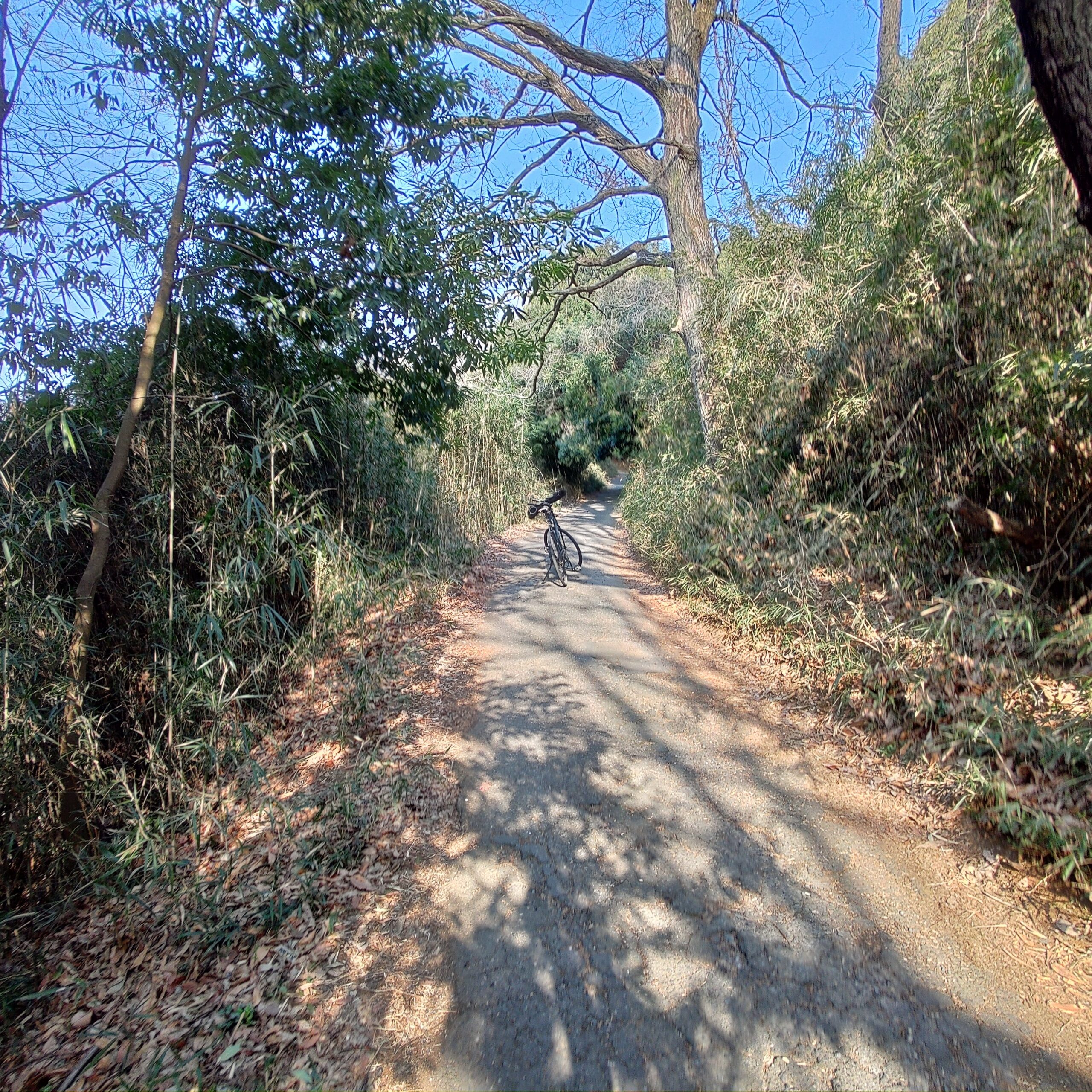As fate would have it, I got to ride my Brompton in a post-apocalyptic landscape over the weekend, making for some eerie-looking pics. It’s not the first time I have been able to ride through the area, but it was Brommie’s first chance to do so. Although the scenes appear post-apacolyptic (and I referred to them in that manner), it really wasn’t the case. We were in Tama Hills Recreation Area. I woke early, as is my wont, and got on the bike I had stored in the cabin where we had stayed. The camp area was deserted and the…
-
-
For the past few years, I’ve been very fortunate to live adjacent to (and, more recently, nearby) a satoyama, a little strip of near-wilderness amid the hustle and bustle of suburban and metropolitan areas. Tokyo is the world’s largest city and it is densely populated. Much of the city is industrialized, but frequently there are little havens of almost untamed natural woodland or small-lot farms. I used to go for walks in the farmland near our previous home and loved the serenity. I could walk through pristine forests just a couple of minutes’ drive from bustling highways and densely packed…




